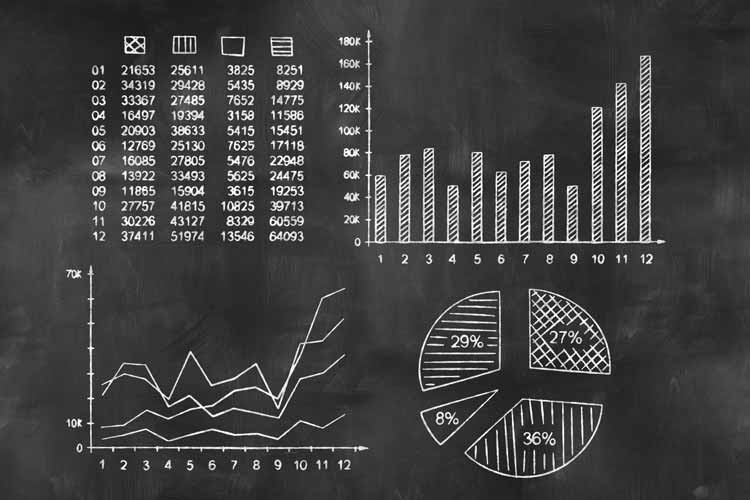
Investors have been hitting the sidelines recently, but that could be bullish for SPX stocks
Investors have been heading for the sidelines in recent months, reflecting a growing skepticism that the S&P 500 Index (SPX) can resume its long-term rally. BofA-Merrill Lynch just noted that equity clients dumped stocks for a 15th straight week -- the longest streak on record, going back to 2008. Here are four more signs that Wall Street has grown dejected -- and one signal that called the March 2009 bottom.
The National Association of Active Investment Managers (NAAIM) Exposure Index -- which attempts to quantify the equity allocations among investment managers -- just suffered its sharpest week-over-week decline
since early February.The index fell 18.11 points, or 26.8%, to the lowest reading since Feb. 24.

Small speculators' exposure to S&P weekly futures and options contracts is just off its lowest point since Dec. 29, 1989, per
Commitment of Traders (CoT) data, with total contracts falling under 58,000 on April 19. For context, this number was higher than 350,000 just before the financial crisis.

The number of self-identified "neutral" investors polled by the American Association of Individual Investors (AAII) survey has been above 40% for nine straight weeks. More than 48% of respondents identify as "neutral" -- the most since the beginning of the year. Meanwhile, the number of self-proclaimed "bulls" is at its lowest point since Feb. 12, at 19.2%.

Even more interesting, the "despondency ratio" -- or the number of combined bearish and neutral traders -- just reached 80%, for its highest point since early February, according to Schaeffer's Quantitative Analyst Chris Prybal. Going back to 1987, the despondency rate has hit 80% only 18 times, using one signal per month, and has been extremely bullish for the SPX in the short-to-intermediate term. Prior to the first quarter, the last time we saw this signal was April 2013, and before that it was March 2009.
The average two-week S&P return after a signal was 1% -- nearly triple the at-anytime two-week return since 1987. Four weeks out, the S&P averaged a gain of 1.88% -- roughly three times the average anytime gain of 0.66%! The gains continue to outperform anytime returns going out to 26 weeks, with the S&P averaging an impressive 11.5% rally in that time frame, compared to 4.08% anytime.

Let us help you profit from market volatility. Target big gains in short order with a 30-day trial of Schaeffer's Weekly Volatility Trader!